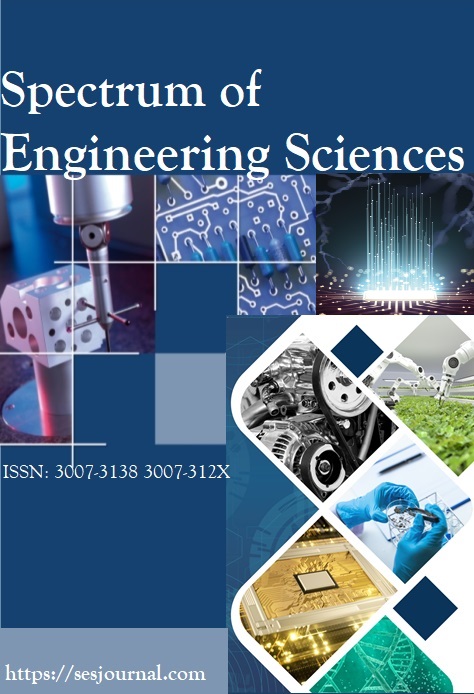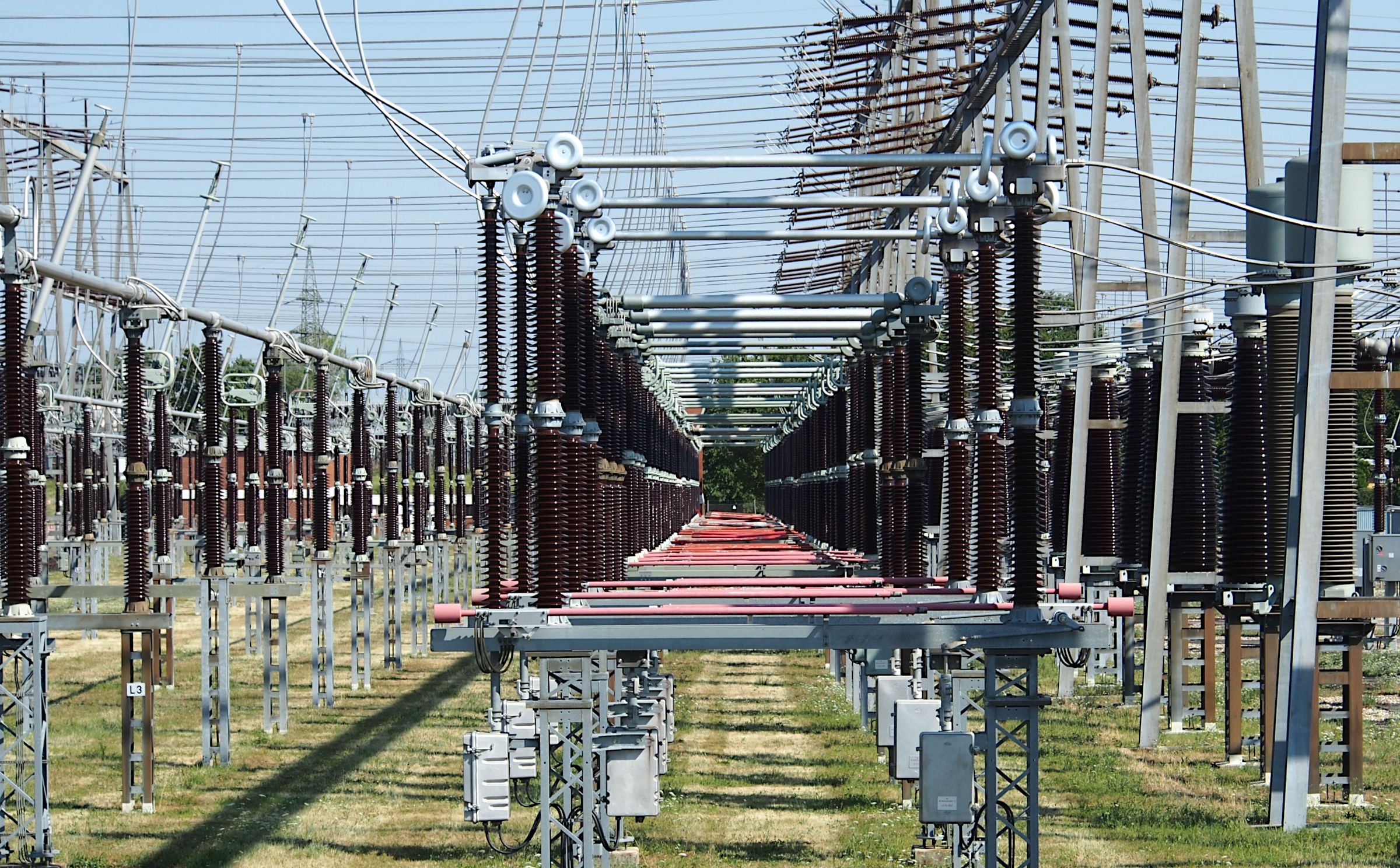A REVIEW ON HYBRID CLOUD-FOG-EDGE ARCHITECTURES FOR EFFICIENT AND SCALABLE SMART HOME IOT SYSTEMS
Keywords:
Cloud Computing, Internet of Things (IOT), Fog Computing, Edge ComputingAbstract
In the rapidly evolving field of Internet of Things (IOT), smart homes represent one of the most noticeable applications or devices, where multiple IOT devices interact with each other to enhance the convenience, security, and energy efficiency for users. The integration of these devices with cloud computing enables smooth data processing, remote control access, and automation of all devices. However, as the number of IOT devices in smart homes grows, cloud architectures faces increasing challenges in terms of scalability, latency, and resource management. Traditional cloud infrastructures are often overloaded by the vast amount of data generated by IOT devices which leads into performance jams and slow response times for real-time applications. The current state of smart home IOT systems is further complicated by issues such as latency in cloud communication, bandwidth limitations, and the lack of efficient data management across distributed devices. These challenges create an urgent need for more adaptable and efficient architectures that can handle the growing complexity of connected IOT devices hile maintaining and solving problem of real-time processing and low-latency communication. To address these scalability concerns, we propose leveraging a cloud-fog-edge hybrid architecture, which distributes computational tasks across multiple layers which includes cloud, fog, and edge. This approach promises to improve system scalability, reduce latency, and optimize resource allocation by balancing the processing load between the cloud and local devices. The focus of this review is to analyze this architecture as a solution to the scalability problems in smart home IOT systems, exploring its advantages, challenges, and future research directions.
















